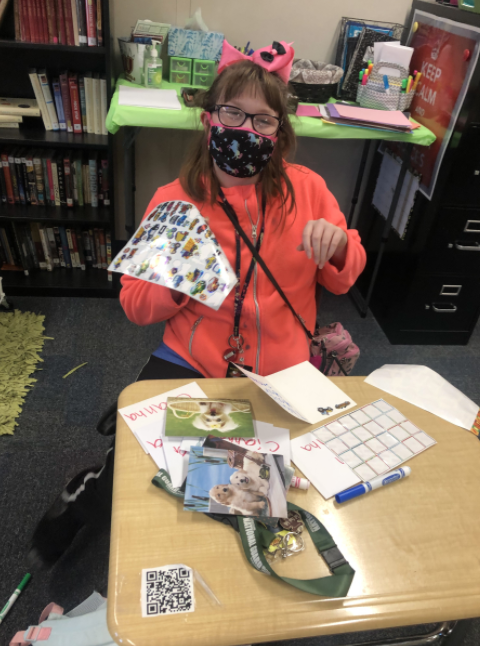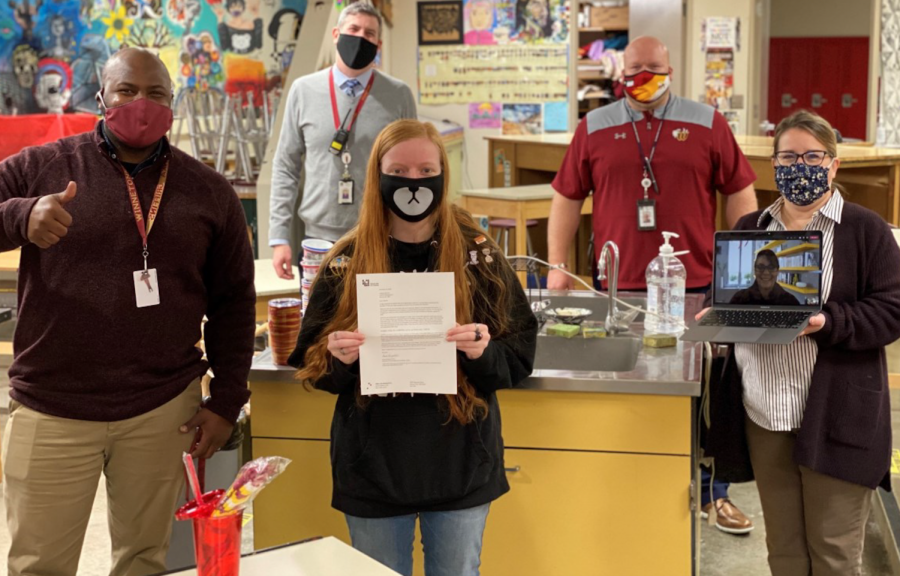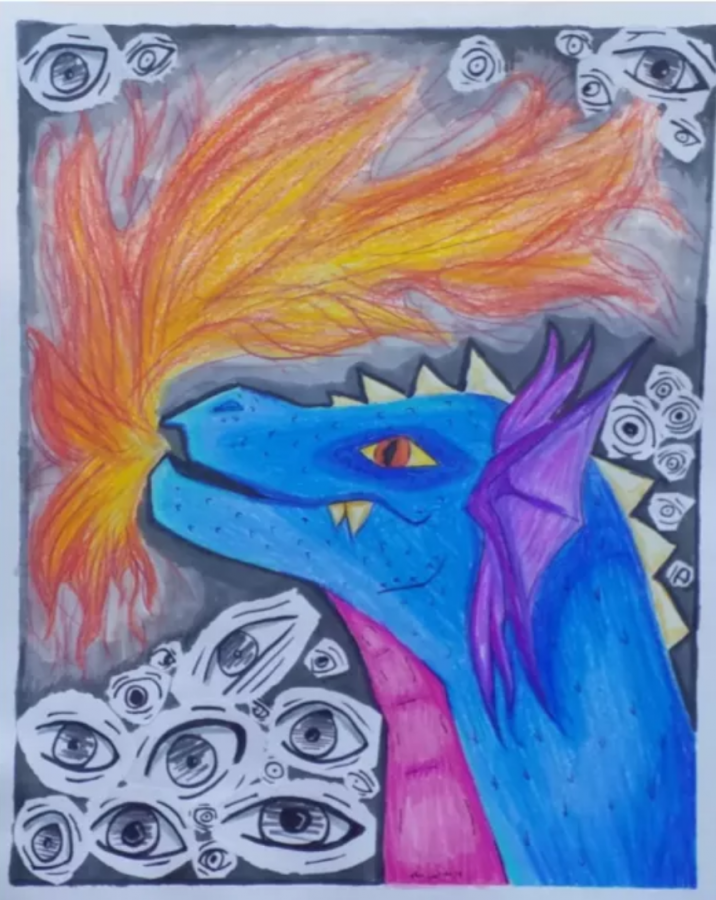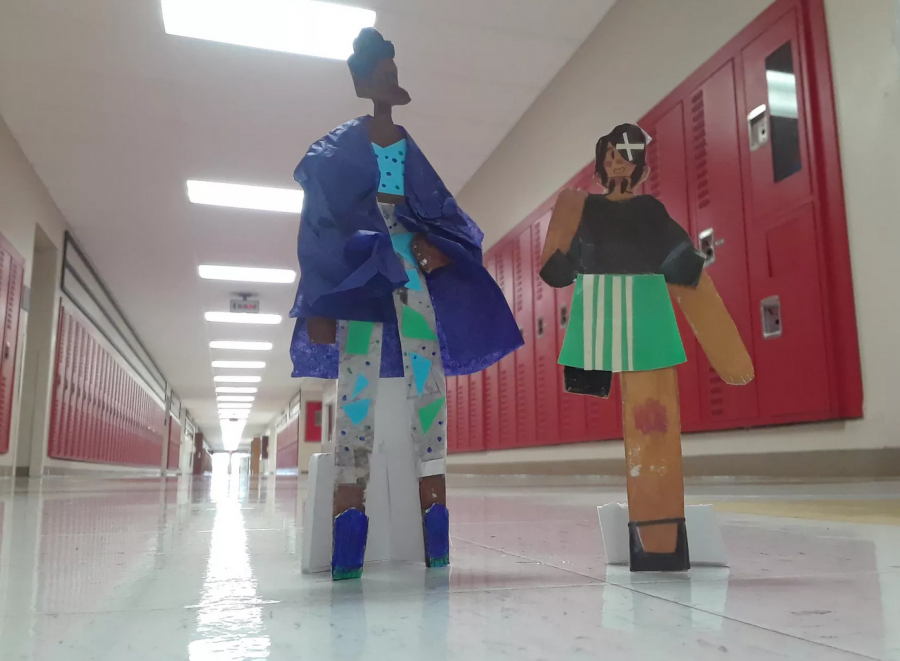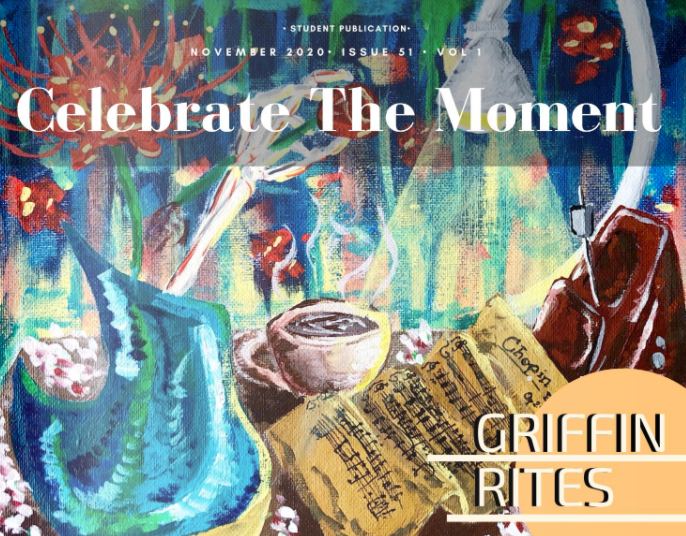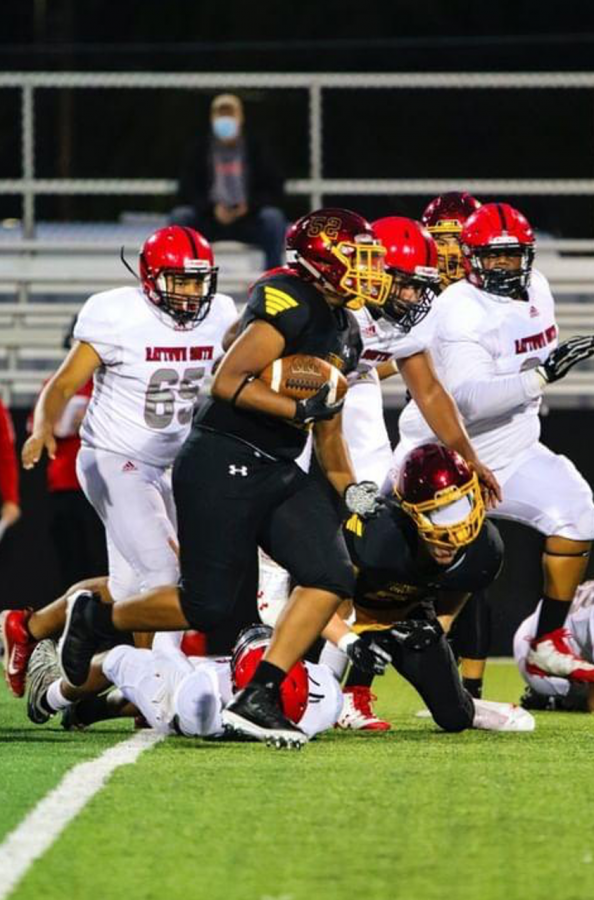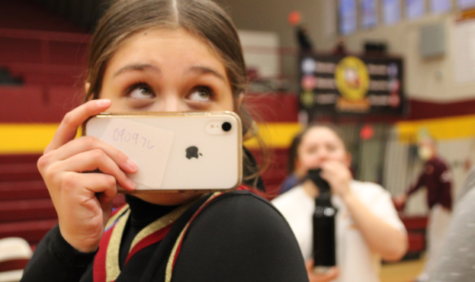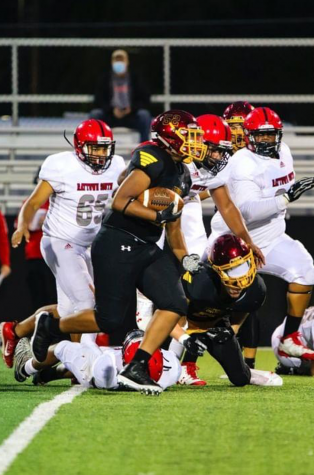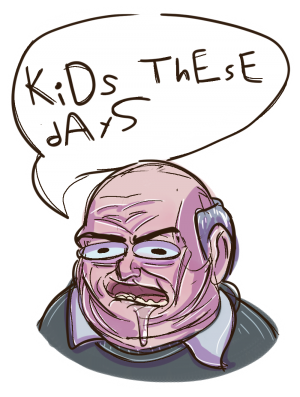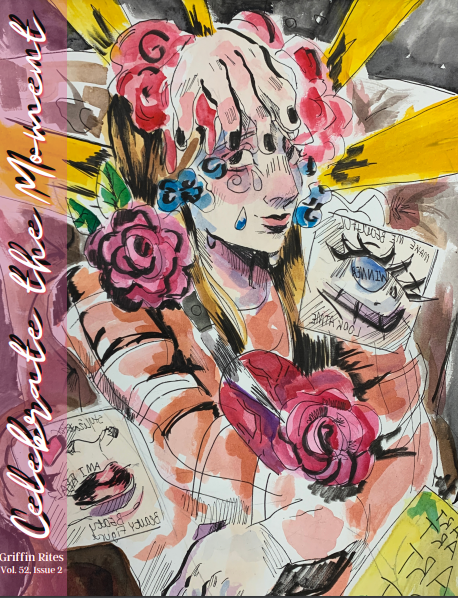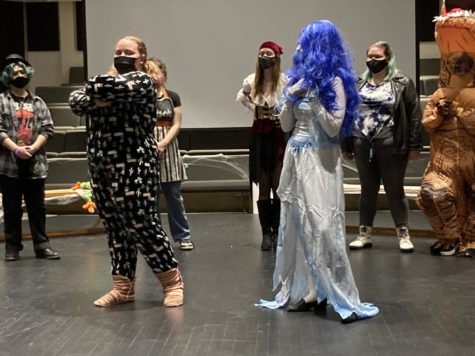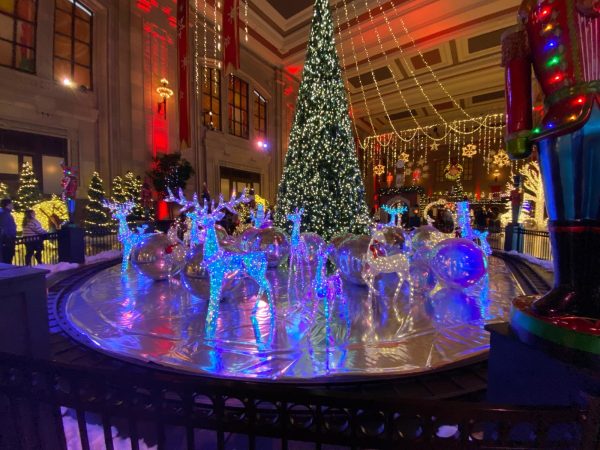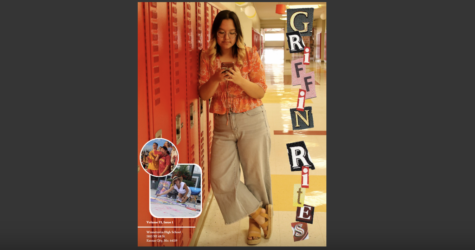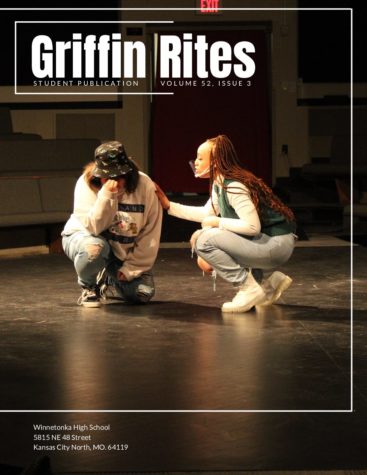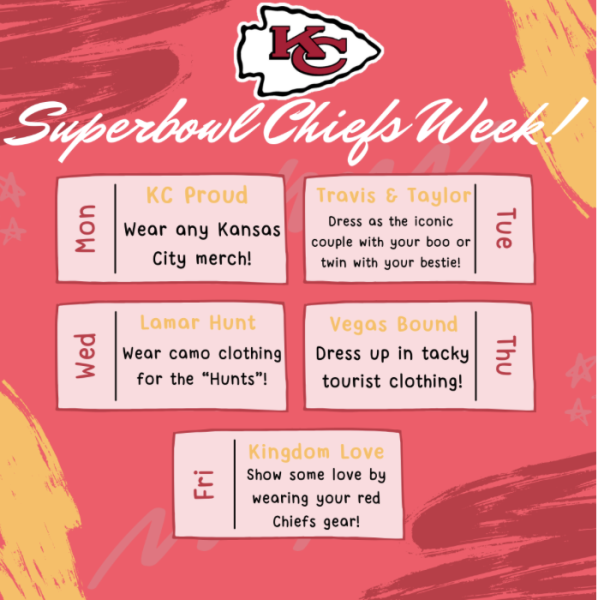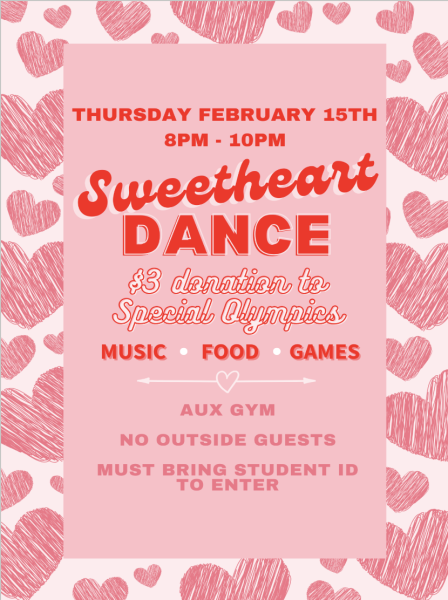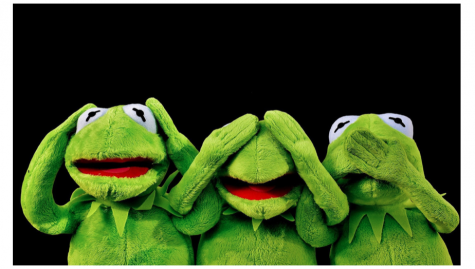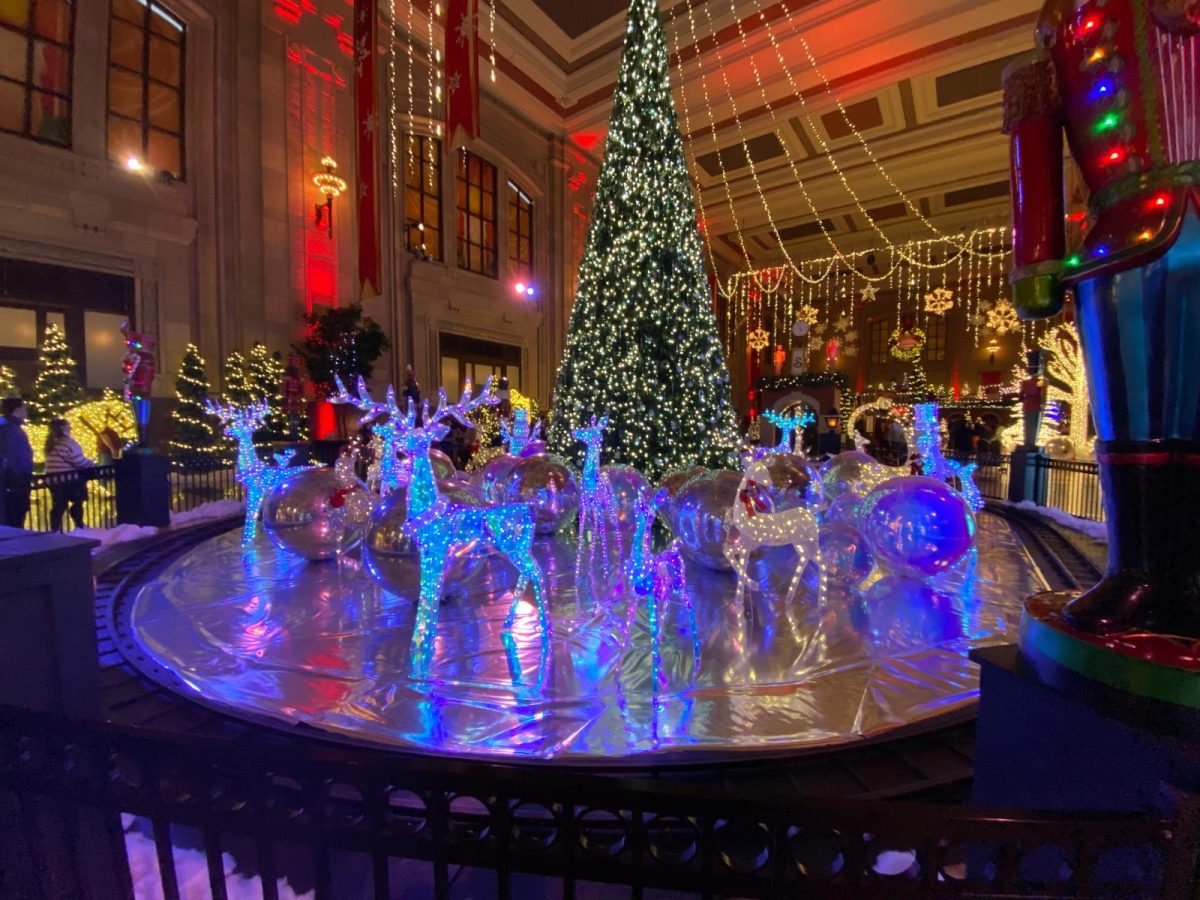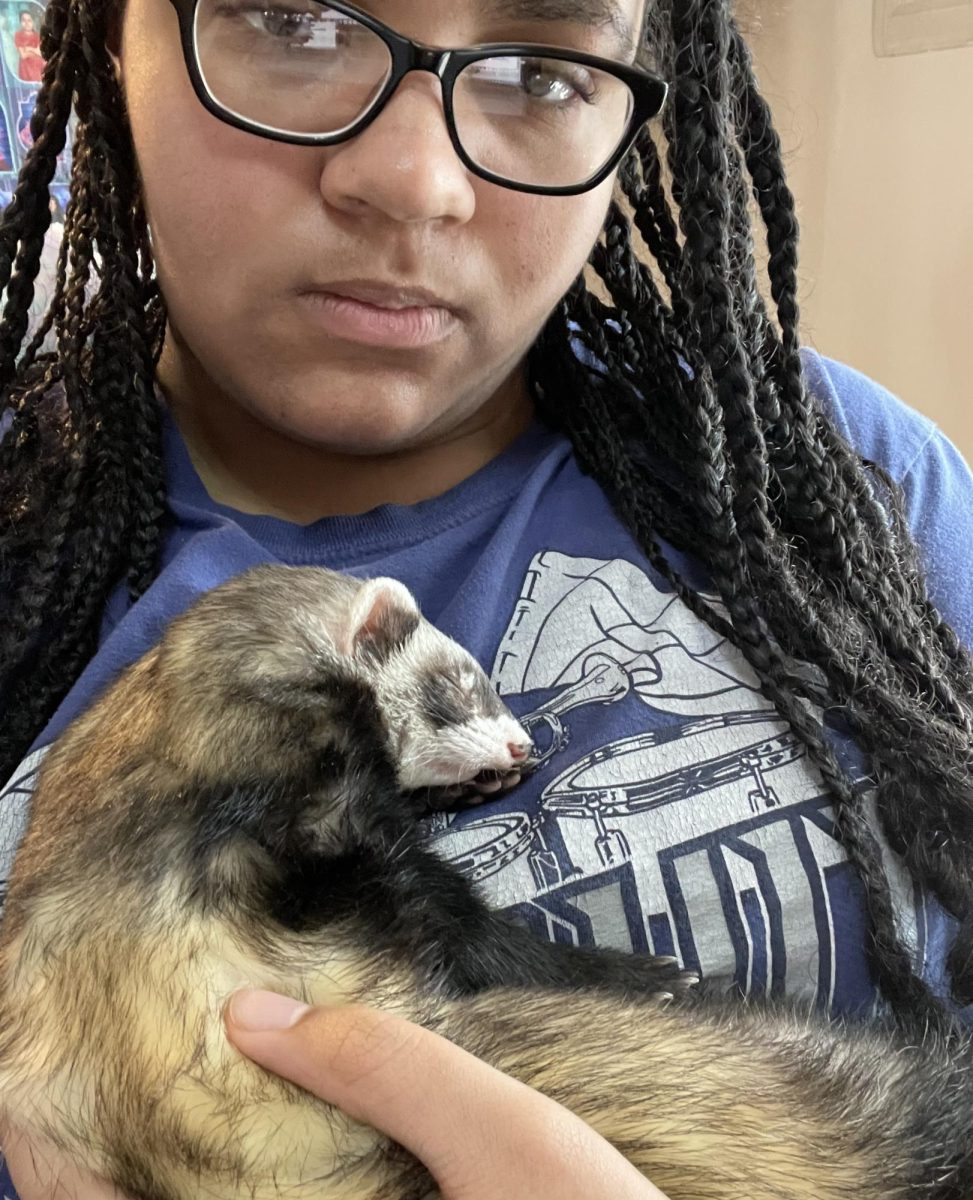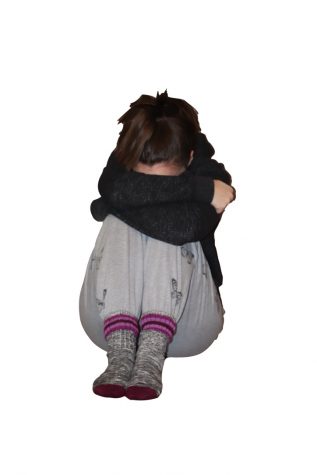One thousand characters, nine hundred episodes, twenty years: One Piece
November 4, 2019
“My fortune is yours for the taking, but you’ll have to find it first–I left everything I own in ONE PIECE!”
These were the epic final words of the legendary Gold Roger, the man known as the “King of the Pirates”. These words were shouted out to a crowd as Roger sat awaiting his execution. Two guards on either side of him sank their spears into his chest, only a second too late to interrupt the phrase that would change the course of history for decades to come.
Roger’s large, toothy grin flashed for a final time, which was met with thunderous shouts of joy and excitement. Some men ran directly to the docks, jumped into their sloops, raised the sails, and took the helm. Thousands set out for the Grand Line, in pursuit of dreams greater than they’d ever dared to imagine. Gold Roger had inspired the Great Pirate Era.
More than 20 years have passed (both in real life and in the story), and One Piece’s journey is still not over. The creator, Eiichiro Oda, continues on with his swashbuckling tales of mystery and wonder. The great treasure still has yet to be found, but our main protagonist, Monkey D. Luffy, is as determined as ever to become the next King of the Pirates.
Since its inception franchise has hit monumental numbers, with the manga series having approximately over 960 chapters, and with the anime having recently hit the 900 episode mark.
In Japan, the anime is massively popular, with entire stores dedicated to One Piece merchandise. Practically everything you can buy has been given the One Piece brand treatment, from toys to video games to watches to cars to fried chicken. In Universal Studios Japan, there are huge monuments to iconic scenes in One Piece that true fans flock from all across the world to appreciate.
When I saw these things for the first time, I couldn’t help but wonder, “What could possibly make a series that popular? How could a story go on for so long, be written by the same author, and still be considered good?”
It didn’t take long for me to realize that I had to find the answers to these questions by reading the manga and watching the anime. And thus, my journey into one of the biggest, most complex and most enjoyable fictional worlds I’ve ever witnessed began.
As the main protagonist, Monkey D. Luffy is naturally the one whose antics are focused on the most. However, many of the people Luffy meets along his journey through the Grand Line eventually get more focus later on, showing what they have been up to since their encounter with the future Pirate King.
With the fact that there are literally hundreds of characters that Luffy meets during various points in the One Piece story, Oda’s effort to show what past characters are up to really makes the show’s world feel functional; The characters are really going about their business entirely without needing to interact with the protagonist, whether that business be joining the Marines, pillaging towns as a pirate, trying to take down the government, or ruling a country.
Additionally, on the surface, One Piece seems like a simple and goofy kids’ series about pirates, with some of the major themes being quite childlike in nature, such as following your dreams and fighting for what’s right.
However, One Piece delves into a host of different issues, motifs, and acts of social commentary that stand on the same level as many award-winning movies and great works of literature. Oda is not one to shy away from tackling raw topics such as slavery, abandonment, suicide, drug use, racism, genocide, questioning the importance of culture and traditions, God, and even the LGBT+ community.
And even with all these mature subjects being presented in a single story, Oda injects all these different things into the wild, zany, and over-the-top world of One Piece and it all somehow works. When these themes are introduced, it never feels out of place, nor does it require you to suspend your disbelief for long stretches of time.
The most remarkable thing about One Piece may perhaps be its ability to balance its maturity with its childlike nature. Like mentioned earlier, Oda has no fear of paralleling some of the more “uncomfortable” aspects of the real world with the world of his story. But as emotional, bleak, overwhelming, and intense the series can be, it can also be hilarious, witty, charming, and full of energy. The creativity and art style of the series brings about a sense of innocent joy within me in particular, bringing me back to a place in my mind in which things were much more simple. One of the best possible examples of this is the concept known as Devil Fruits. Devil Fruits are the fruits in One Piece that, when eaten, give you superpowers at the cost of being able to swim. The Devil Fruit powers are all incredibly unique, possessing amazing powers that range wildly from the ability to separate parts of your body whenever you want to the ability to cause earthquakes to the ability to turn your body into lightning to the ability to transform into a jacket. Of the dozens of different Devil Fruits that appear in the world, they are all unique and much unlike other superpowers I would see in comic books and on TV shows as a child. When I see the powers of a new Devil Fruit, I always seem to find myself imagining what I would do with those powers in the same way I used to imagine what I would do with Spider-Man’s powers when I was little. And Devil Fruits are just one of the many, many features of the One Piece world that makes me and millions of other fans obsessed with the series
Furthermore, the series is quite a bit more violent than one might have originally thought. From children stabbing themselves in the face to men eating their feet off to survive, the story does not hold back when trying to convey violence, which often mirrors the treacherous life of real pirates in history.
But as emotional, bleak, overwhelming, and intense the series can be, it can also be hilarious, witty, charming, and full of energy. The creativity and art style of the series brings about a sense of innocent joy within me in particular, bringing me back to a place in my mind in which things were much more simple.




